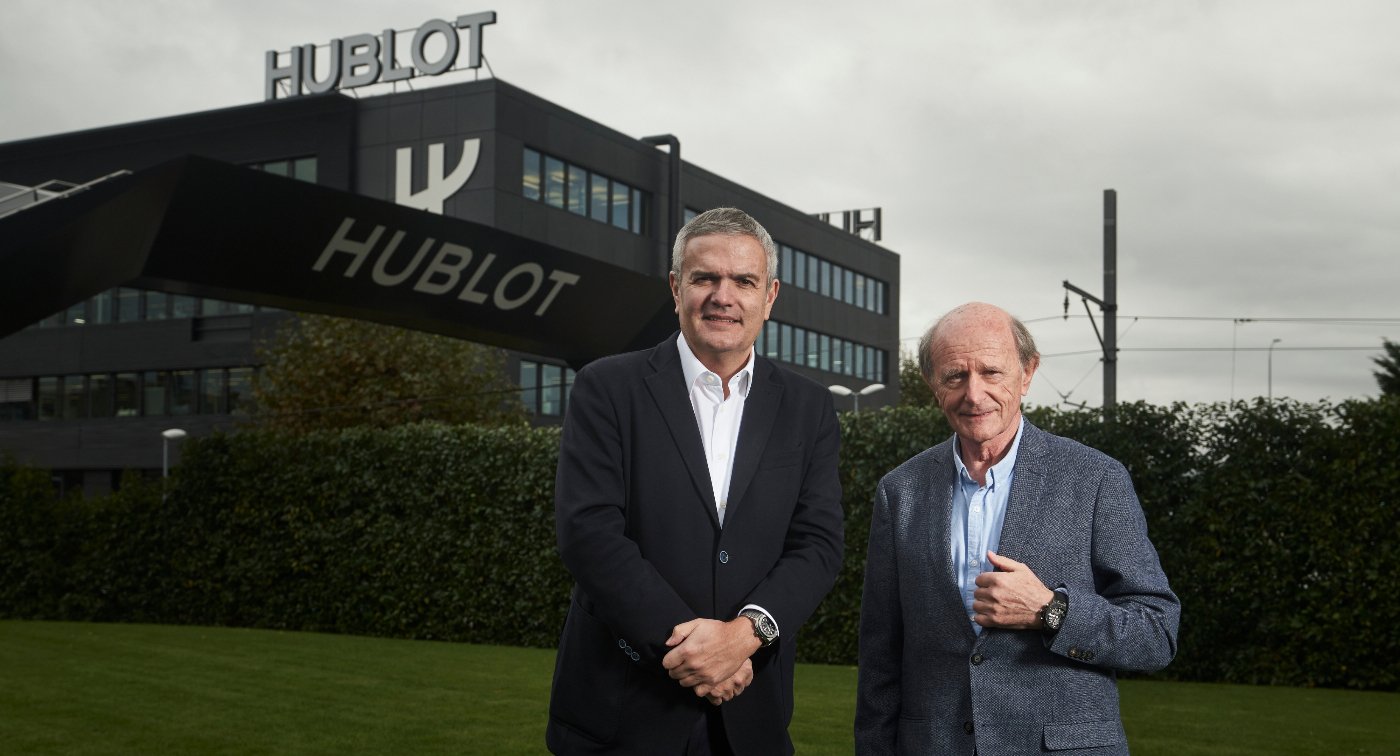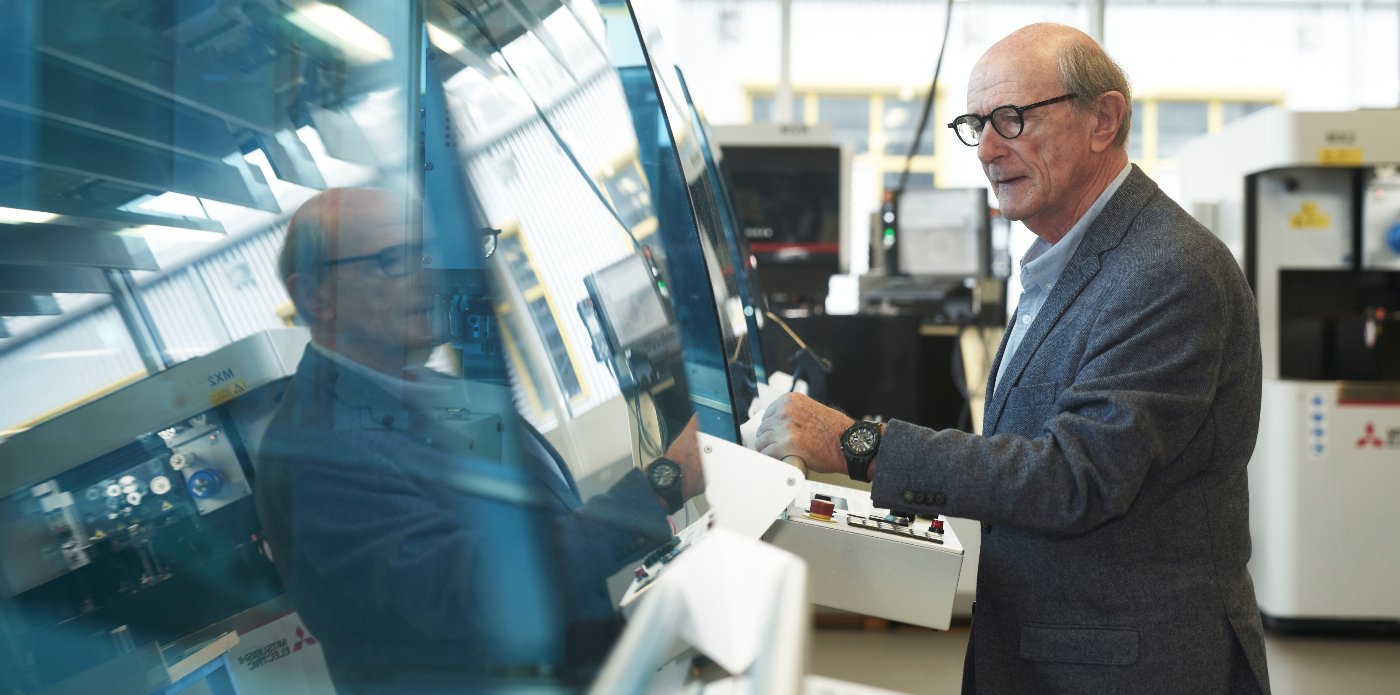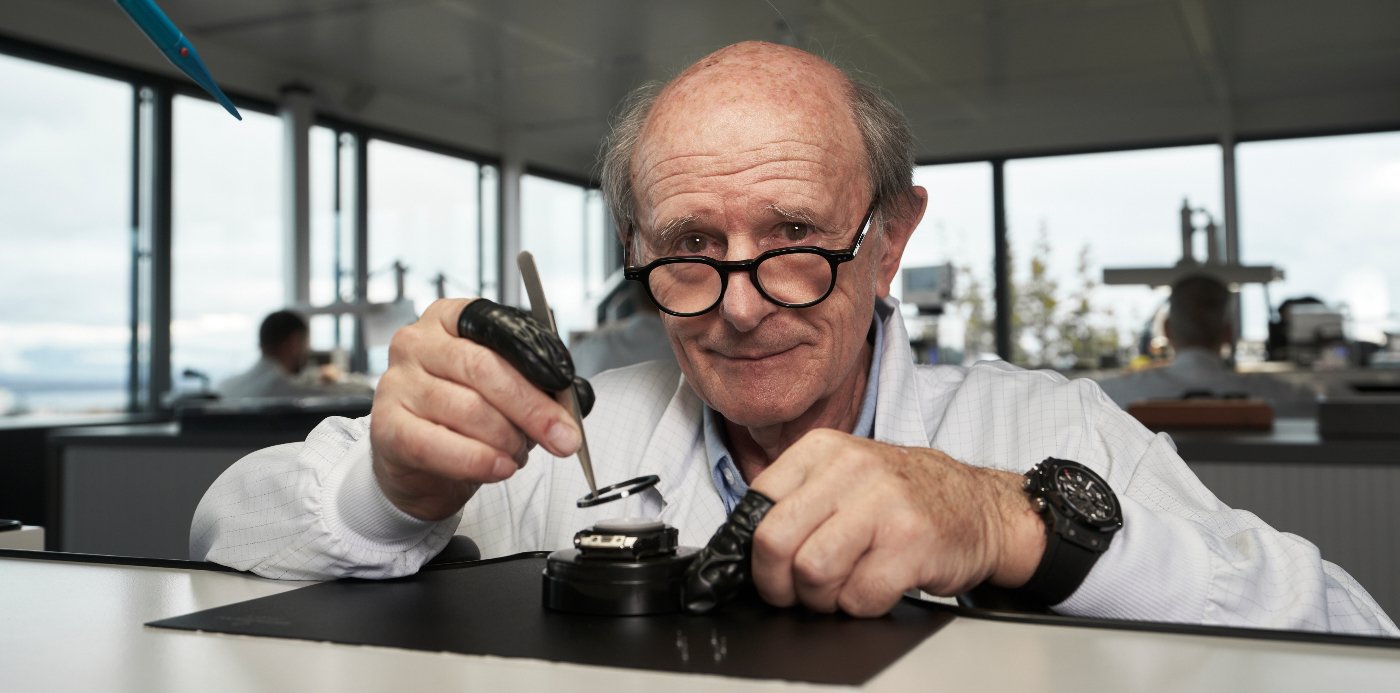s part of its Hublot Xplorations programme, the Swiss watch manufacturer has signed a new partnership with the Polar Pod expedition. The brainchild of the French explorer and environmentalist Jean-Louis Etienne - the first man to have reached the North Pole alone - this zero-emission ship will be tasked with exploring the waters of the ‘Furious Fifties.’ This name was given to this area of the Southern Ocean in reference to the high winds and rough seas that are usual here. In order to withstand the sea in all weathers, the Polar Pod is a vertical vessel 100 metres high (with a draught of 80 metres) stabilised by 150 tonnes of ballast. Without an engine, it will drift with the Antarctic circumpolar current and will be powered by the energy of six wind turbines.
The Southern Ocean, the fourth largest ocean by surface area, captures 50% of the carbon dioxide absorbed by all the world’s oceans, making it a major player for the climate. Connecting the Indian, Pacific and Atlantic oceans, its waters form a gigantic reservoir of marine biodiversity. However, scientists are sorely lacking in measurements and observations in this part of the world. The Polar Pod will be fitted with highly powerful instruments, making it possible to collect a continuous stream of precious date on biodiversity, current dynamics, the impact of human pollution and the atmosphere ocean interactions which control the climate.

This data will be made available to the international scientific community. The research, coordinated by the CNRS (the French National Centre for Scientific Research) in partnership with the CNES (the French National Centre for Space Studies) and Ifremer (the French National Institute for Ocean Science), will include contributions from scientists from 43 institutions and universities in 12 countries. In addition, school pupils will be able to follow the adventure through videos and exhibitions.
The construction of the Polar Pod will start in June 2022, with a launch date of late 2023. The expedition will then span three years until 2026, with the changeover of the eight crew members taking place every two months.

This project fits perfectly into Hublot’s Xplorations programme, which now has three pillars: Space, with the design of components for the Space X Exomars Martian robot; Earth, through supporting Sorai, the charity to protect rhinoceroses and other endangered animal species; and the Sea, with Anticythère and now Jean-Louis Etienne and the Polar Pod expedition, a project in which Hublot intends to get fully involved. This partnership strengthens Hublot’s corporate social responsibility profile while respecting its maritime heritage, marking a natural return to the brand’s roots. Today, Hublot is proud to support research through a human, scientific and societal project.
Hublot has also set itself the objective of going behind the scenes to create videos about all the preparations for this Expedition and the visionary work of Jean-Louis Etienne in order to spread the word to as many people as possible and to give it a worldwide reach through both traditional and social media.
“Life on Earth started in the oceans, yet they still have so much to teach us. By joining Jean-Louis Etienne’s Polar Pod project, Hublot wished to contribute to our understanding of our planet, the starting point for making the right decisions for all of our futures. With this project, we are also returning to our maritime roots, which is the source of our very name, Hublot,” said Ricardo Guadalupe.








